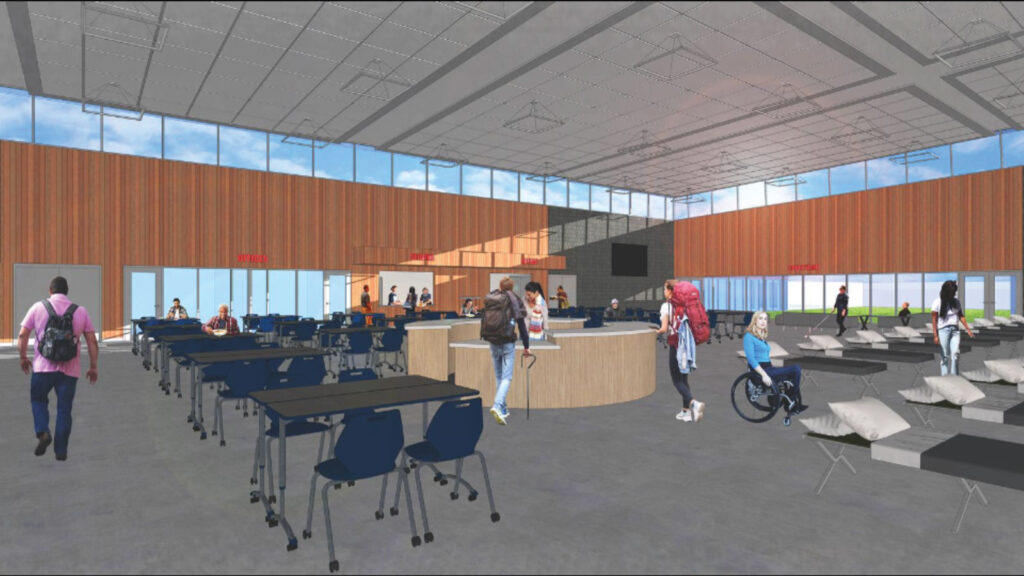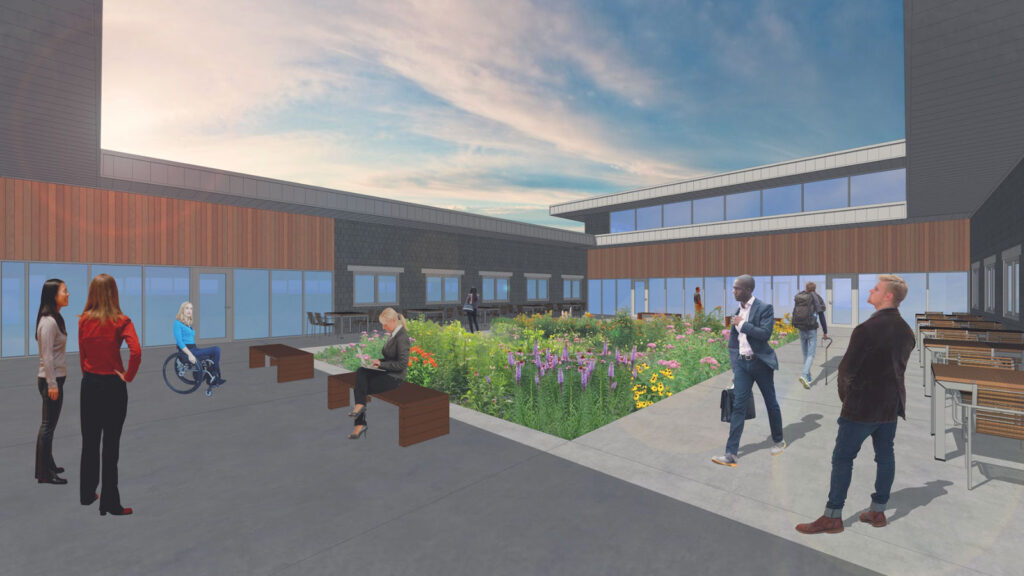ASHLAND − A Missouri jury ruled on Tuesday the National Association of Realtors (NAR) must pay nearly $1.8 billion in damages to home buyers in Missouri and neighboring communities.
The ruling came after a class-action lawsuit filed in 2019 on behalf of 500,000 home buyers. The jury found the NAR, one of the most powerful trade groups in the country, and some residential brokerages conspired to inflate the commission of real estate agents.
“It means if you’re selling your home in Columbia, Missouri, or anywhere in the state of Missouri, in order to list your home on the internet, you have to agree to pay the buyer’s agent’s commission,” said Michael Ketchmark, a Kansas City-based lawyer who is the lead attorney for the plaintiffs in the case.
The NAR wields massive influence across the country. It owns the trademark on the word realtor. It can be incredibly difficult for real estate agents to operate without an affiliation from the NAR.
A home seller must list their home on a Multiple Listing Service (MLS) in order to sell their homes online, Ketchmark said. An MLS is an online database which lists homes for sale in a certain geographic area. Real estate agents use MLS systems to conduct home sales.
In order for a Columbia-area home seller to get their home listed on an MLS, they have to pay a 3% commission to the home buyer’s agent, Ketchmark said. According to Ketchmark, 90% of homes sold in the United States are listed on an MLS.
The homes have to be listed on an MLS to make it onto a real estate site like Zillow, Ketchmark said. The NAR carved Missouri into four MLS sections in St. Louis, Kansas City, Columbia and Springfield.
Court testimony from real estate agents and internal training documents found the NAR and brokerages conspired to set the overall commission for a home sale at 6%.
The fee is split between a home buyer’s agent and a home seller’s agent. Real estate agents steered home buyers away from sellers who refused to pay the commission, Ketchmark said.
Success! An email has been sent to with a link to confirm list signup.
Error! There was an error processing your request.
“Not only is it hurting homeowners, it’s hurting local agents,” Ketchmark said.
The NAR pulls $300 million in fees from real estate agents every year, he said.
The ruling gives Missouri home sellers more flexibility to negotiate commissions with real estate agents.
The Columbia Board of Realtors referred KOMU 8 News to the NAR for comment. In statement released Tuesday, the NAR said it plans to appeal the decision.
“This matter is not close to being final. We will appeal the liability finding because we stand by the fact that NAR rules serve the best interests of consumers, support market-driven pricing and advance business competition. We remain optimistic we will ultimately prevail,” NAR president Tracy Kasper said.
However, she said NAR “can’t speak to the specifics” to its basis of appeal until it is filed, CNN reported. “In the interim, we will ask the court to reduce the damages awarded by the jury,” Kasper added.
Ketchmark said Thursday he plans to file a nationwide class action lawsuit if the NAR fights the ruling.
“I learned everything I need to learn about this case in kindergarten from my mom,” Ketchmark said. “If you take something that doesn’t belong to you, you have to give it back.”





